The Race To No. 3 In Digital Advertising

There’s a very interesting mêlée kicking up digital dust as various players compete for the No. 3 slot in digital advertising—and the winner could very well one day displace the present leaders.
Indeed, Amazon, Snapchat, and Twitter have the most mojo, having steadily taken market share—reminding us that the biggest mistake any industry-watcher could make is betting on just one winner, or on the same winners 5 to 10 years out. Any or all of these three companies—or some newcomer like Roku or just as likely a group of the traditional + digital native publishers in Concert—could dominate tomorrow’s digital media marketplace.
There is ever-more data that show the most promising advertising “upstarts,” now relatively small players in their share of total digital advertising but well-known in their distinct spheres, might soon seize and hold the No. 3 slot, or even zoom to No. 1 with a bullet, in a not unimaginable future. Most of the latest chatter on the shakeup comes from a report issued by eMarketer that predicted in 2018 Google and Facebook will capture nearly 48 percent of new U.S. digital advertising spending, a massive drop from the 73 percent share they enjoyed in 2016. That means this year more than half—yes, more than half—of new digital advertising dollars would not go to the big two. As for total U.S. market share, according to the same eMarketer report, Google and Facebook are also trending down, and will get a combined 56.8 percent of digital ad investment in 2018, down from 58.5 percent last year. As marketplace competition grows, that downward draft in their combined share of the industry pie is expected to continue through 2020, according again to eMarketer projections, (which are all net and not gross).
Let’s look at the strengths of each of the contenders.
Amazon
Amazon has never been bashful about its ambitions, and brands aren’t blind to its distinct advantages. Martin Sorrell, just after he left the empire he created at WPP, wasn’t shy on stage in an interview with Terence Kawaja about touting Amazon’s muscle.
Expected 2018 U.S. ad revenues: more than $2 billion, a 64% jump year over year (eMarketer)
Greatest Strength: Consumer Knowledge
Despite the privacy mishap when Echo recorded a conversation and sent it out via email without permission, the performance of Amazon has had everyone agog, especially after it reported having achieved $2 billion in advertising sales in only the first quarter of this year, thereby matching the eMarketer estimate for the entire year. Wall Street prognosticators have made the case that Amazon’s total revenues could make it the first trillion-dollar business. With the announcement of the impressive numbers of its prime subscribers, somewhere over 100 million, and its 43% share of all online shopping, Amazon knows more than a thing or two about what everyone in advertising wants to know: who is buying what, who is thinking about buying what, and who is buying what again. Amazon owns so much information about the final step of the funnel that it could be the up-til-now missing link between marketing and attribution. Alex DeGroote, a media analyst at Cenkos Securities, predicted, “I think Amazon will do retail search and take Google to the cleaners on retail search using their estate. Slowly over time you will use Amazon as your retail search engine rather than Google.”
Add on that it has already built a billion-dollar ad sales business and often already dominates product search results in Google. It would be naïve to think that it will be a gentle giant to companies that sell social, lifestyle, and web browsing data on everyone on earth, since it has what they frequently don’t: the receipts to prove end-of-sales-cycle purchase.
Snapchat
Snap has had an inconsistent year, but if you believe “the kids are alright,” or these kids are righter, its future definitely is bright.
Expected 2018 U.S. ad revenues: more than $1 billion, an 82% increase year over year (eMarketer)
Greatest Strength: The Coveted Youth Market
Facebook may be the obligatory social media platform but Snapchat is where many younger people seem to want to be—and that makes a huge difference. Having an account is one thing, using it as your peer-to-peer social network another, and Snapchat is clearly earning the trust and allegiance of the under-25 audience. The question is, Can it stay that way as it matures as a business? It still remains to be seen what the user reaction will be to its test of unskippable ads. If it can strike the right balance between publisher and popular social tool—well, cue the opportunity for Snapchat to win lots more ad dollars.
Ever scrappy, and always holding a distinct advantage in breaking news and testy debate, Twitter has built a lot of cred as a more dynamic platform, which Kanye West wasn’t shy about contributing to (and then getting blowback from…).
Expected 2018 U.S. ad revenues: $1.12 billion, an assumedly-temporary drop of 5% year over year (eMarketer)
Greatest Strength: Live Video
Twitter may be the most established and well-known digital media brand that hasn’t yet matched ad dollars to its cultural influence. But the company could finally realize its true potential thanks to its investments in and partnerships with all things video, notably broadcast live and event-worthy video. No one company—not image-dependent Instagram, not Facebook, not YouTube, not Amazon—owns the burgeoning online live video marketplace. But with Twitter’s ad products and successful shows, it certainly has a chance to finally get its due. The release of the last quarter’s earnings report showed Twitter exceeded analysts’ estimates and had a second successive profitable quarter, thanks to a surge in video ad revenues.
Ladies and Gentlemen, Please Place Your Bets
Any or all of these three companies could dominate tomorrow’s digital media marketplace. And we haven’t even looked at the ISPs, like Verizon’s Oath, or Chinese tech leaders like Alibaba and Tencent, which are also making a play for a more significant share. What we do know is that past is prologue—in the history of digital, the top players have always faced dynamic forces and ch-ch-ch-changes. Consumers will lead us all, and marketers will make investment choices based on how to reach their customers wherever they are.
Source: David Doty, Forbes


